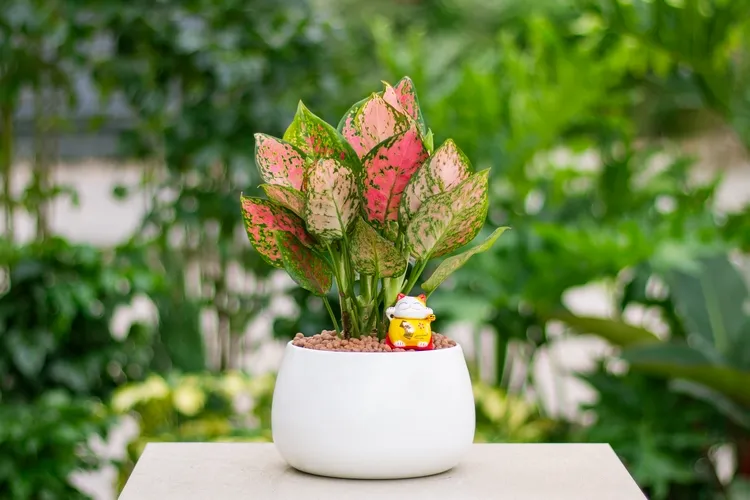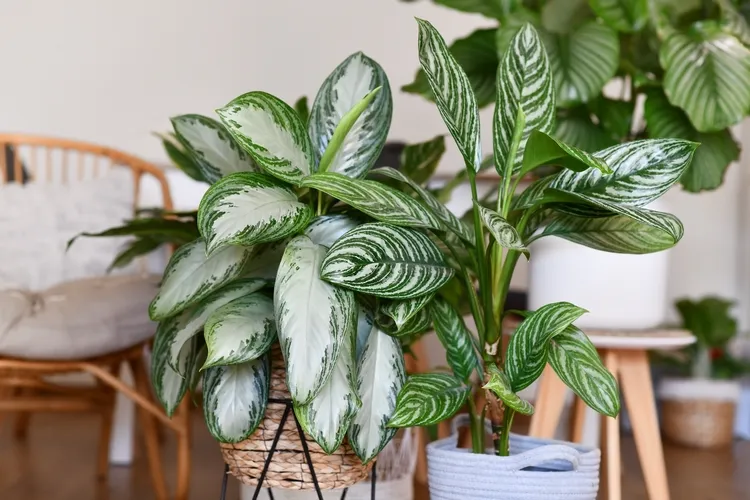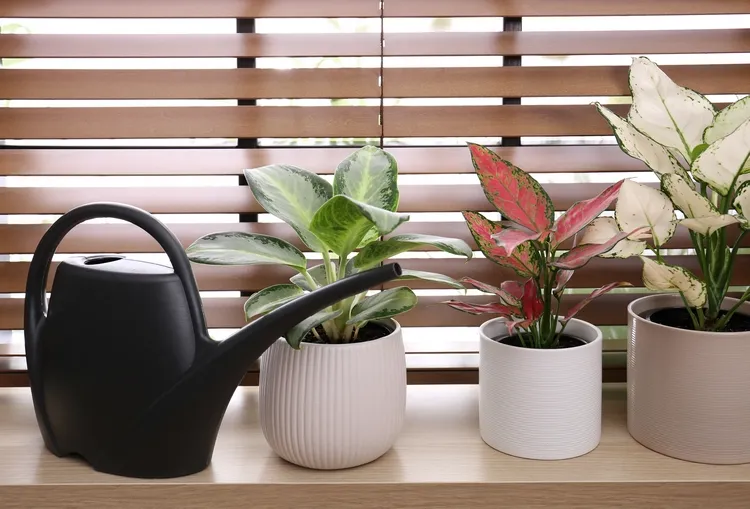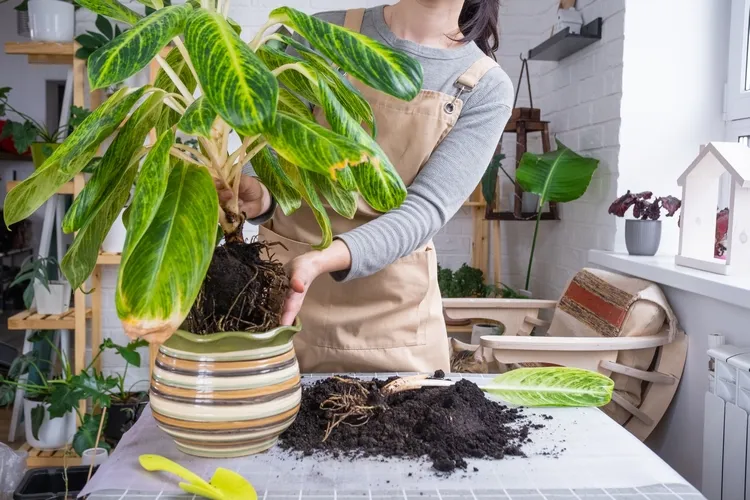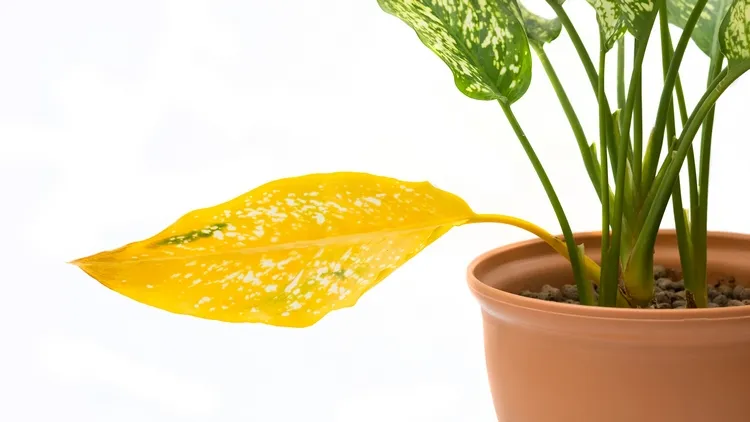Aglaonema is spectacular, and what is especially pleasant is that it is an absolutely unpretentious houseplant. It is a relative of Dieffenbachia and somewhat similar to it. However, the leaves of Aglaonema are narrower, it is much smaller in size and bushier. Aglaonema care indoors is quite easy, and that makes it the perfect houseplant for beginners.
Aglaonema Care Indoors: General Guidelines for Beginners
If you need a plant that will thrive in a dark corner, then choose Aglaonema. It is a very resistant plant that easily adapts to different environments. In addition, its evergreen foliage requires no maintenance, but keep in mind that it can be toxic in contact with skin, so make sure to keep it away from children and pets. to Despite the fact that the plant is native to the tropical and subtropical regions of Asia and New Guinea, aglaonema does not like bright sun.
How to Care for Aglaonema?
We mentioned that Aglaonema is an unpretentious plant, but there are a few considerations that should be taken into account.
Soil
Store-bough, slightly acidic potting soil for ornamental and deciduous plants is suitable for aglaonema, but it is useful to add vermiculite to it so that the soil retains moisture longer.
The Right Spot and Light Conditions
Since aglaonemas grow under large plants in rainforests, they can easily tolerate a lack of light, so they can be grown even in the bathroom, bedroom, or any dark corner of the room. Keep the plant away from direct sunlight because the leaves will burn. Some varieties are more light-loving than others, so you need to get informed about the needs of the particular species that you have.
The optimum temperature is 68-77°F/20-25°C. In winter, the temperature should not fall below 60-64°F/16-15°C and it is recommended to avoid sudden temperature changes. Keep your plant away from draughts, as they are disastrous for aglaonema.
Watering
Aglaonemas are not very demanding when it comes to watering. They like high humidity, both in soil and air, but their roots should not be in the water. The plant will be more comfortable if the soil is a little moist in the summer. In winter, the soil may dry out between waterings, and the plant may go without water for a longer period of time. Test the soil of the houseplant with your finger to see if it feels moist. With a new houseplant, it is wise to do this regularly. After a few waterings, you will know how much and how often your Aglaonema needs watering.
Spraying
Spraying Aglaonema is not vital, but it certainly can’t hurt. It even works as a preventative measure against parasites. You can also rinse and shower the plant several times a year. The spraying process removes any dirt and dust, making the leaves look beautiful.
Fertilizer
Aglaonema uses few nutrients. For a new plant, no fertilizer should be added; the nutrients in the soil will be enough. For established plants, during the period of active growth, usually from March to October, you can use a liquid fertilizer for indoor plants every two weeks. Make sure to check the instructions on the package before use. Overfeeding the plant with chemical fertilizers is not beneficial; it can even cause oxidation of the soil and, hence, significant damage to the plant. Fertilizing is not necessary in the winter.
Repotting
Since Aglaonema grows slowly, it does not need frequent repotting. When you need to repot it, choose a pot that is one size larger than the previous one. You can repot Aglaonema immediately after purchase, but it is still better to do it in the spring. Spring is the growing season, and any damage to the roots will recover faster.
Pruning
Due to the fact that Aglaonema is not fast-growing, pruning is not necessary. If you want to remove unsightly or discolored leaves, cut them off about 1 inch/ 3 cm. Remove only the leaf.
In taller species of aglaonemas, the trunks will eventually become bare, leaving leaves only on the top. In this case, the plant can be cut back and new shoots will grow from the buds on the cut stem, and the bush will be dense.
Also read: Hardy Houseplants: These easy-care plants purify the air and add style to your home
Your Aglaonema Has Yellowing Leaves? What to Do?
If the leaves become lighter or even yellow, it is best to move the plant away from the window. Yellowing leaves are a sign of too much sunlight. If the plant has not been watered for too long, the lower leaves will turn brown or yellow, but overall, the plant will survive.
When brown tips appear on the leaves, this is most often a sign of too much watering. The lower leaves may also die for no reason; as long as the plant has fresh new leaves on top, this will be part of the natural process. Aglaonema is a dense and lush plant, and the loss of a small amount of foliage will go unnoticed.
Also read: Low maintenance houseplants: remarkable green beauties for your home that require little effort!


